Zika Apocalypse?
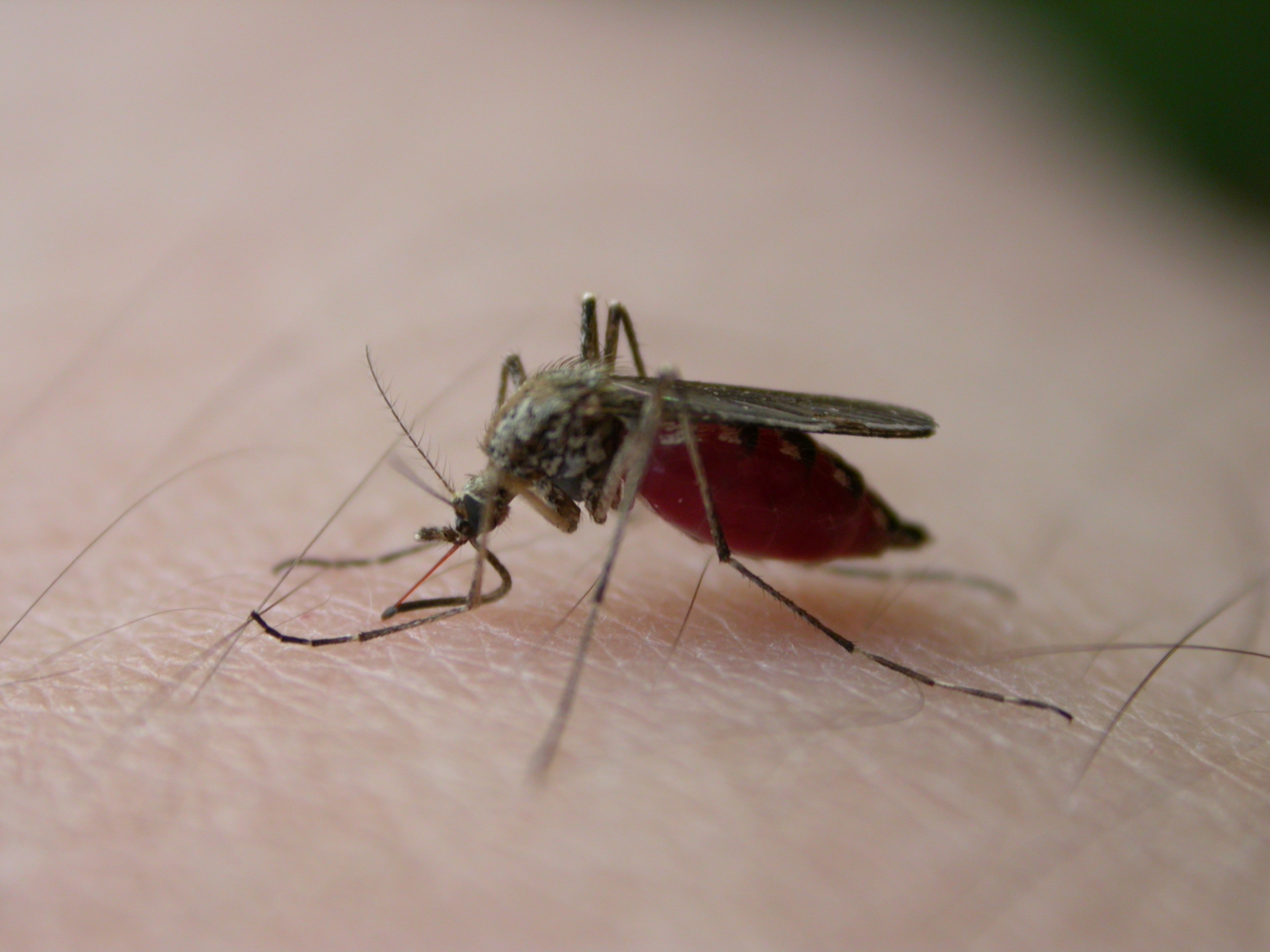
By Melanie Stewart
Back in December it was unlikely that most of us had heard of the Zika virus. Barely 2 months later, it has become a household term and the World Health Organization has declared a public health emergency.
We now know there was an outbreak of Zika in Brazil, and that it’s transmitted by mosquitoes. In addition to making people ill, it appears to be causing microcephaly, a birth defect resulting in developmental and intellectual disabilities, hearing and vision problems, and seizures. This virus will adversely affect these children and their families for the rest of their lives.
You might wonder why this is a LiveGreen topic.
Zika has been added to a growing list of diseases that have likely seen an increase in transmission due to warmer temperatures. The mosquitoes and bacteria responsible cannot survive in cool climates; but their range increases
as temperatures rise.
Dr. Ali Khan, MD, MPH and Dean of UNMC’s College of Public Health made a presentation as part of UNL’s study into local impacts from climate change. It’s eye-opening and frightening, but don’t let that stop you from looking at it; it’s thorough, easy to read, and directly pertains to what we do.
Tropical pathogens are showing up in oysters caught in Seattle, frogs are dying, there are increases in methylmercury; incidents of West Nile, Malaria, and toxic algae blooms have increased. Lyme disease is spreading rapidly (as seen in the picture above) and there is potential for an additional 2 billion people to be exposed to Dengue. And that doesn’t include people dying from extreme heat, violence related to the above issues, or the increasing number of major storms.
So what can we do?
Everything we do to slow climate change helps. While all of the Med Center’s sustainable decisions have to meet our triple bottom line of helping people and the planet while making financial sense, this is directly tied to health and our mission. Each time you turn off lights as you leave your office, close your blinds on a hot day, power down your computer at night, and TravelSmart to work, you a making a positive choice. Not only do you save energy and help provide cleaner air for everyone to breathe, you are slowing the effects of climate change which helps to slow the spread of tropical diseases.
Thank you for ALL you do to save lives.
For more information, see these resources:
Dr. Khan’s presentation on Climate Change and Health
Dr. Khan’s (and others) video presentations
Dr. Donald Wilhite’s presentation on Climate Change Implications for Nebraska
UNL’s Report: Understanding and Assessing Climate Change, Implications for Nebraska
UNL’s Summary Report from Roundtable Discussions
Earth Week Lineup Announced
by Melanie Stewart
The sun is shining, the snow is melting—it’s time to start thinking about spring! And with spring comes Earth Week at the Med Center.
The LiveGreen Committee is proud to announce this year’s Earth Week line-up, with plenty of time for you to prepare for the festivities.
Friday, April 22nd:
Earth Day is celebrated worldwide and we will celebrate our achievements on campus. We’ve made lots of progress on the energy and water goals in our Sustainability Master Plan.
Monday, April 25th:
The ever-popular RePurpose It contest is back and projects will be unveiled for voting. Anything that has outlived its original intent and been transformed into something else is eligible. In addition to popular vote, specific prizes will be handed out by community groups, so there’s lots of options to win! NEW THIS YEAR: If your project legitimately uses any item from the campus recycle stream (nothing hazardous or dangerous) you will receive an extra 5 votes! Check our website for contest rules.
Tuesday, April 26th 12pm-6pm and Wednesday, April 27th 6am-12pm:
Have items at home you need to get dispose of, and can’t put in the trash? We will accept a variety of items for recycling, click here for complete information:
- Personal electronics will be collected and recycled; hard drives will be shredded. Most items will be free, but there will be a nominal cost for tube TVs, CRT monitors, and hard drives.
- Free personal document shredding.
- Free personal single use alkaline battery recycling.
- Free ‘techno trash’ recycling – computer disks, CDs, and VHS tapes for shredding/recycling.
- Eyeglasses will be collected to be given to those in need.
- Have pop tabs for Ronald McDonald House? Bring those too!
You asked for more flexibility and we heard you. Instead of 1 day this event will now take place over 2 half days.
Thursday, April 28th 11:30am-1:30pm, in Lower Storz:
The Sustainability Expo returns! You requested a more central location and more presenters. Done, and done. Check our webpage for a complete list of topics; new presenters are still being added.
Friday, April 29th
Arbor Day is celebrated across the country but has special meaning Nebraska. We will plant a tree, give away free trees, and more! Check our website for more info.
No matter what your interests are, there will be something for everyone at this year’s Earth Week Celebration and we hope to see you there!
Battery Recycling Just Got Easier
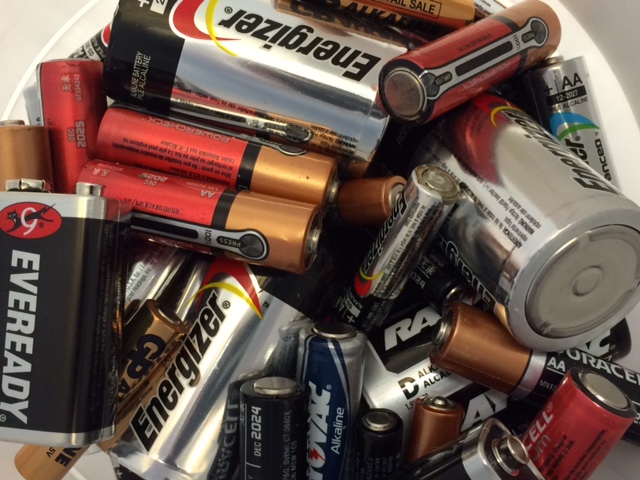
Online form speeds up process, saves time and money
By Melanie Stewart
As you may know, the Med Center collects single use alkaline batteries for recycling. We provide a recycled gallon container, and when it’s full, you would have filled out a chemical tag, called Chemical Safety to provide details, and they come pick it up.
I’m happy to report that this process just got a whole lot easier!
When your container is full, please use the new on-line form to request a pickup. http://app1.unmc.edu/forms/ehs/battery_pickup.cfm
Fill in the appropriate information and hit submit. It’s fast, easy, and you get confirmation that your request has been received. You no longer need to fill out the chemical collection tag. Your container will be picked up at their earliest convenience.
If you are in an area where multiple people ‘manage’ a battery container, please place a note on the lid indicating the pickup has been requested to avoid multiple requests.
If you don’t currently have a container but want to recycle batteries, check with your neighbors. We have a lot of battery containers on campus and there might be one close by you don’t know about. If you do need one, you can use the on-line form to request one. Make sure your building and room are listed and mention that you do not need to have a container picked up, just an empty one delivered.
Don’t forget:
- Only single use alkaline batteries can go into these containers.
- Rechargeable, lithium/nickel ion, watch/button batteries and light bulbs are considered universal waste and must be handled separately. Please contact Chemical Safety to dispose of these (9-4386).
- If a battery is old and appears to have acid buildup or corrosion, please place it in a small plastic bag prior to placing it in the container.
- Only batteries used at the Med Center can go in these containers.
- Batteries from home or personal devices cannot be recycled here. You can contact your local Batteries Plus store as they may recycle them.
- LiveGreen will be collecting personal single use alkaline batteries for recycling during Earth Week, so you can save them and bring them then. Stay tuned for more Earth Week information.
Not located at the 42nd and Dewey campus but still want to recycle batteries? Email LiveGreen@unmc.edu and we’ll help you.
Win Cash with Zimride!
By Melanie Stewart
Many you have probably considered carpooling. You should have heard of TravelSmart by now and so you know you can save lots of money, reduce emissions helping to improve both human health and environmental conditions, all while continuing to park in the same lot you park in now (or a better lot, depending on your carpool partner). Did I mention you can park for free??
So why aren’t you carpooling?
You might need help finding somebody who works on this campus, lives close to you, and works approximately the same hours.
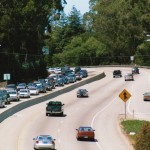
We can help!
Zimride is the free program that can help match you with a carpool partner from this campus.
- It’s free
- Only people from this campus can see your post
- You will see multiple potential matches
- You aren’t required to accept any matches, and you don’t have to communicate with people you don’t want to
- You can post additional information about yourself to make your commute more enjoyable
- Non-smoker
- Music preference
- Type of car, etc.
But wait, there’s more!
If you post a ride between today, February 9th, and March 9th you will be automatically entered to win one of several prepaid Visa gift cards! All you have to do is post a ride and leave it up until at least March 9th. Zimride will randomly select new posts to win a prepaid gift card.
Don’t worry, early adopters! If you’ve already posted a ride just leave it up and you can win too. Zimride will also randomly select somebody who has already posted a ride and you can win a Med Center “Goodie Bag.”
So what are you waiting for?!? Go post a ride and see if you win some money! Then save more cash by giving carpooling a try.
Questions on TravelSmart, carpooling, or this contest? Email us and we are happy to help.
Make Your Super Sunday a Green Sunday
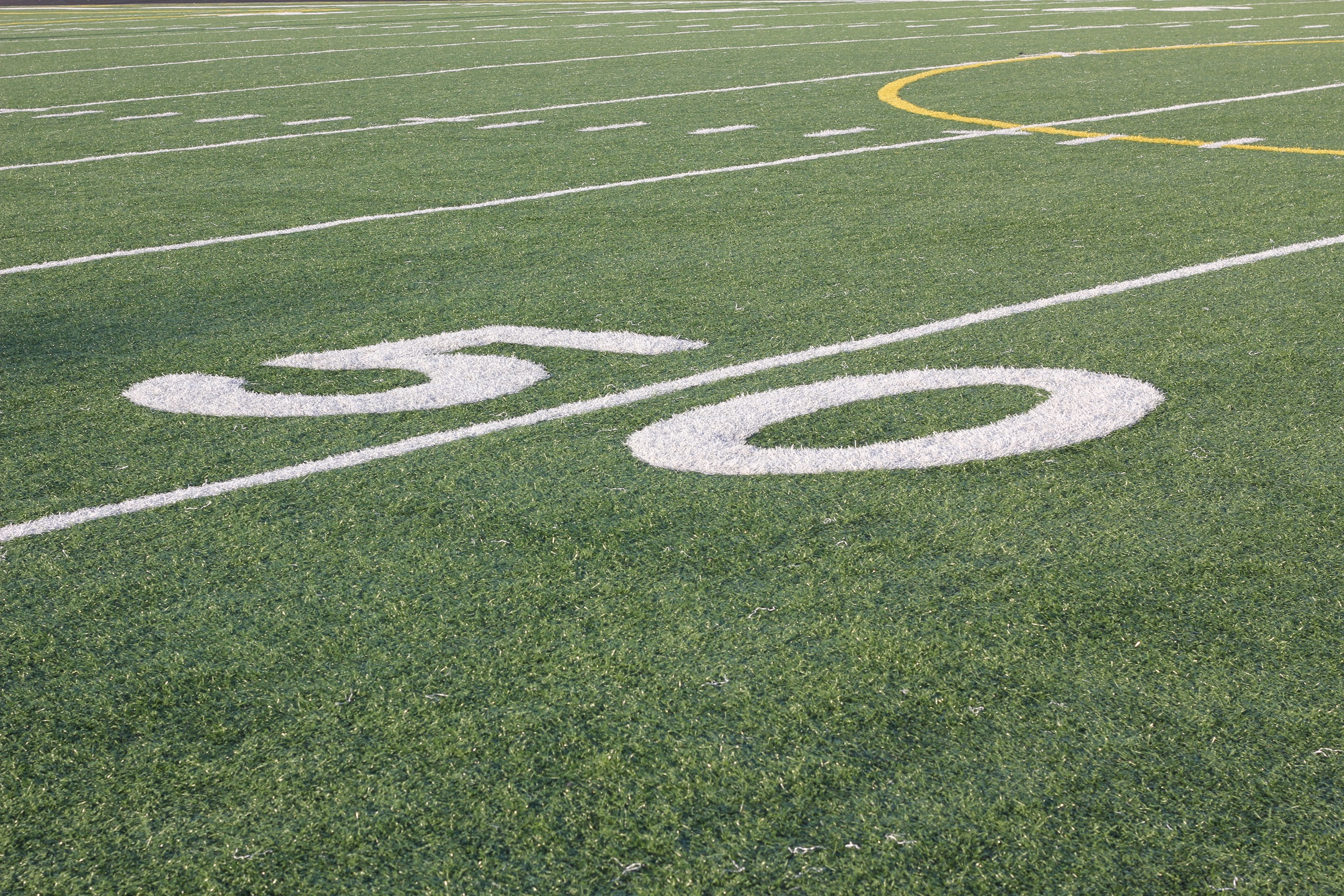
By Melanie Stewart
Are you a Panthers or Broncos fan who can’t wait for Super Sunday? Or do you just watch for the commercials? Maybe you skip it all together in favor of the Puppy Bowl? At least 120 million Americans will be watching the Super Bowl this Sunday and while it’s a marquee event, it also contributes to a large amount of waste.
LiveGreen can help you make your party a little greener with these easy suggestions:

Buy reusable, then recyclable. If reusable plates/flatware/napkins aren’t an option, buy recyclable items made with recycled material. Strive for plastics labeled #1 & #2, as they are more easily recycled. If you have a compost pile, buy compostable items.
Make it Easy. Make sure appropriate bins are conveniently located and labeled so your guests know where to place items when they are through.
Buy in bulk. Buy larger quantities of the items you know you will need. One family size bag of chips is less packaging than 2 small ones and a case of pop is less packaging than two 12-packs.
Plan Ahead. When shopping for the party, make plans for what you need and make one trip, which saves gas and your valuable time. Remember your reusable shopping bags.
Ditch the packaging materials. Make homemade dips, snacks, and party food instead of the premade, prepacked stuff. You’ll reduce waste and eat healthier. Consider letting guests make their own mini-pizzas instead of delivery and serve filtered water in pitchers instead of bottled water.
Buy local. Locally grown produce & meat, locally made bread/buns & cheese, and locally brewed beer reduce waste while supporting the local economy.
Think Healthy. Need some new recipe ideas that are healthy for both you and the planet, but still taste good? Check out LiveGreen’s Recipe page on Pinterest, loaded with lots of new recipes perfect for your party.
Reuse old footballs or gear to decorate. Have team apparel you don’t wear anymore? Make fun reusable tablecloths or napkins, or other decorations.
Carpool to your party.
Buy rated. If you purchase a new television for the big game, buy an Energy Star certified television and used the in-TV adjustments to save energy while in operation.
Recycle the old television. If you don’t have a place to take it now, LiveGreen will be collecting electronics again during Earth Week in April.
Resolve to TravelSmart in 2016
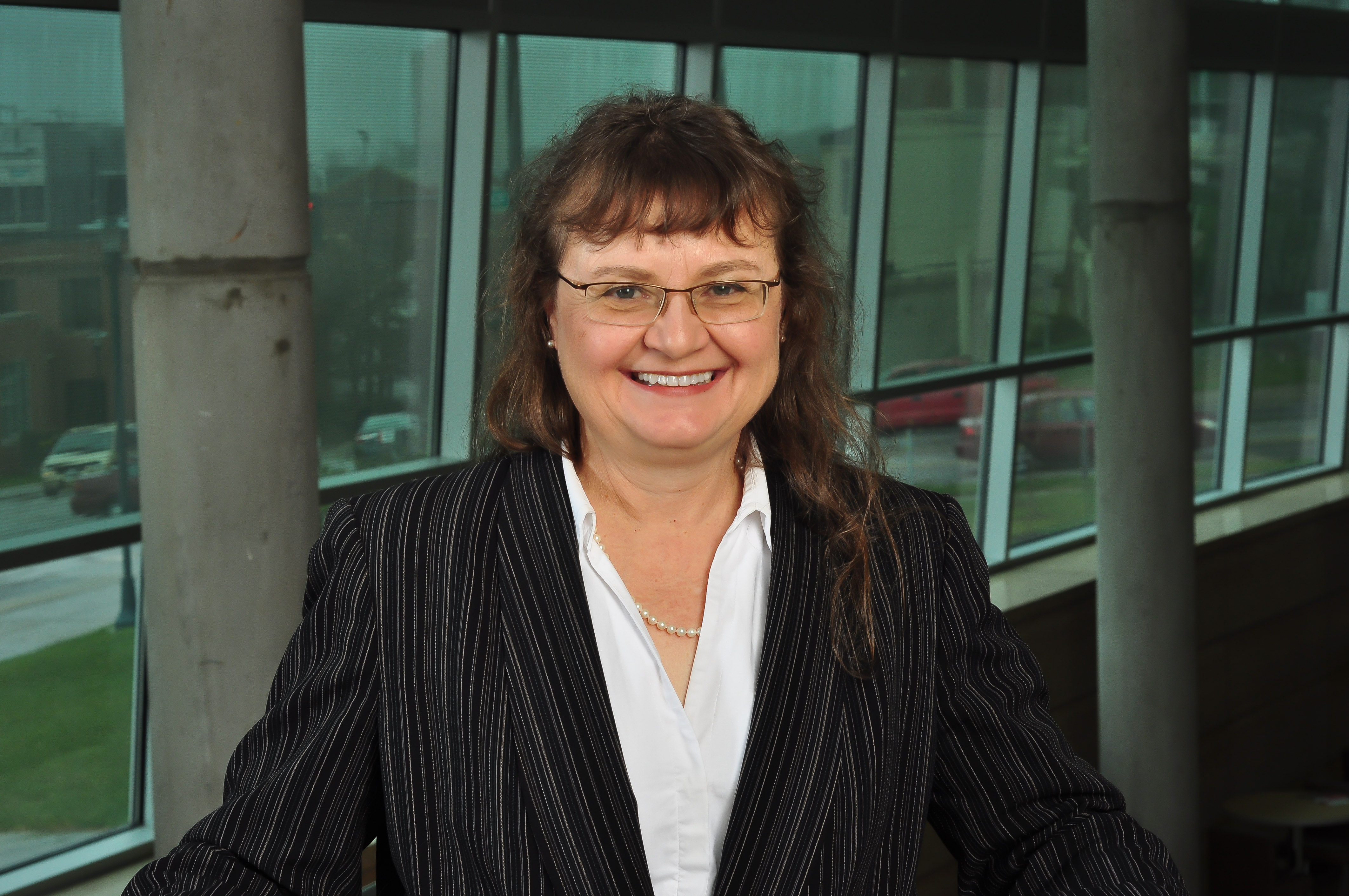
By Melanie Stewart
I know it seems crazy to think about switching up your commute during the winter, but it’s the perfect time to do so!
Last Tuesday did you slip and slide to work in a commute that took you twice as long? My carpool was passed by somebody on a bike, and people who rode the bus enjoyed the lack of stress, didn’t have to worry about their car or their personal safety, and got here at the same time as the rest of us…but they got to work, read, rest, or play games while the rest of us white-knuckled our way to work.
Many of you live close enough to walk. If you haven’t thought of it before, consider it as part of your workout routine.
Case in point: Dr. Laurey Steinke.
Dr. Steinke’s doctor told her that her triglycerides had gone up and she’d need to start a medication. Not wanting to resort to that, she vowed to make dietary changes and increase her physical activity by walking. She lives about a mile from UNMC and pledged to walk any time she didn’t have off-campus appointments requiring a car. If she wanted to, she could use Zipcar for these instances.
“I have always walked once or twice a week in good weather, but I’ve been able to increase my walking knowing that I have a free shower on hot summer days, and a free emergency ride home if something happens.”
Dr. Steinke started using the MyFitnessPal app to track food intake and walked to and from work regularly. The result?
“Since I started I have lost 36 pounds, which is 25% of my body weight. My triglycerides are down and I don’t need to pay for or take a medication. Walking also gives me time to decompress, which is great for mental health.”
She also likes the environmental benefits of walking: knowing that she’s not contributing to global warming or air pollution in Omaha, and saving money on gas.
Did you make a New Year’s Resolution to lose weight, increase your activity, or change your health? TravelSmart can be a part of that resolution. Turning your commute time into exercise time is a simple change that can improve your health and save you money.
Thinking about adding walking to your routine? Consider these tips before getting started:
- Get good walking shoes and then recycle them as they wear out.
- If you can get 2 pairs and rotate shoes, do it.
- Warm up your muscles before hitting your top pace.
- Dress appropriately—wear the right clothes for the weather, and dress in layers.
- Carry water with you (in a reusable bottle, of course!)
- Wear sunscreen, even in the winter.
- Plan a route and leave yourself enough time to walk where you want to.
- Consider music, it’s a good way to get more from your walk…just don’t listen too loud, you want to hear what’s around you.
- Be Safe! Check out our tips for both pedestrians and drivers.
- Don’t forget, walking can help reduce the risk of heart disease, cancer, stroke, type 2 diabetes, and depression.
New Uses for Old Lab Coats
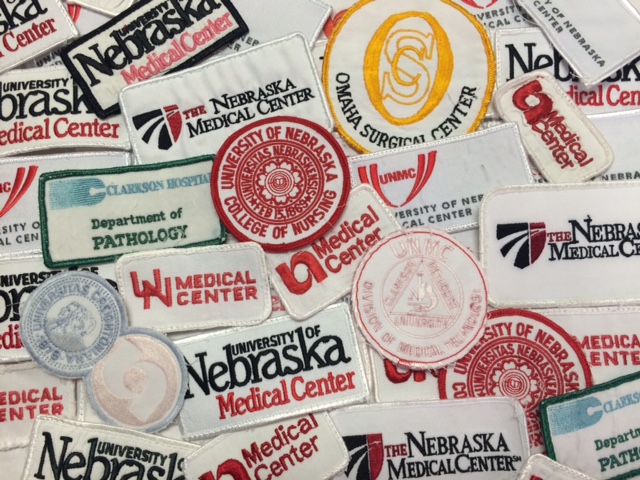
Your generosity helps others, decreases waste
By Melanie Stewart
When the campus rebranded last year, we asked for your lab coats with the old brands. The new brand didn’t allow for the same coats to be used, so as new lab coats became available we found new homes for your old coats.
To date, more than 500 lab coats have been donated to science and art classes in 9 area schools, as well as the Munroe Meyer Institute on campus and campus-led medical mission trips. To those of you who donated coats, asked coworkers, and gathered coats for your entire departments, thank you!
In order to protect the reputation of the hospital and former owners of the coats, we asked that old patches and names be removed. Some of you did this and we thank you for that. For those of you that were unable to do so, LiveGreen Super Volunteers Saralyn Fisher and Anne Rivas took the coats home with them and gave up their free time to remove these so they were ready to donate. If you see them, please thank them for all their work!
LiveGreen became involved as a way to prevent these coats from ending up in the landfill, but your impact doesn’t stop there. Many teachers noted they had been purchasing disposable plastic coats/aprons for student use. By re-using your old lab coats, that plastic isn’t being purchased, shipped, or ending up in the landfill, all of which creates a positive environmental impact. The schools can also use the coats from year to year, freeing up funds for other educational needs. And don’t forget the clothes that are saved by using these coats. I received a thank you just the other day from a mother happy she didn’t have to purchase more uniforms after a messy art class.
By donating your lab coats you started a domino effect that saves money and improves the environment. Great Job!
This week many of you have the opportunity to bring in your old scrubs for donation, with bins located at both the DOC and Clarkson entrances. These scrubs will be donated to the UNMC medical mission trips, taken to other countries, and donated for use by their healthcare professionals. Again, your generosity prevents clothing from ending up in the landfill, allows money to be dedicated to healthcare supplies, and helps to provide better care to people in need.
Colleagues Trade In and Save
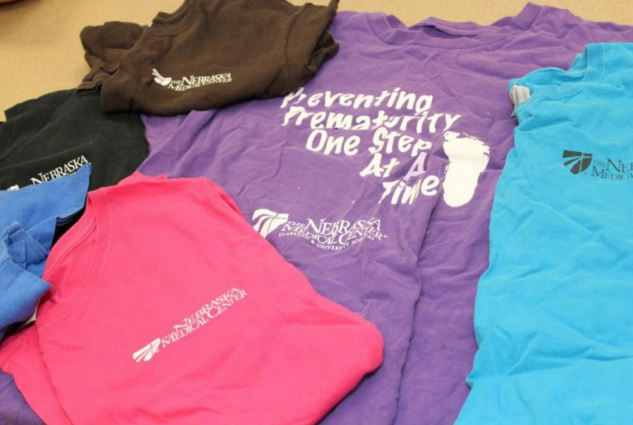
In an effort to help colleagues transition to the updated dress code policy, The Company Store offered its Trade-In Days promotion for seven months, ending Dec. 31. And plenty of staff took advantage to get discounts on new logowear.
In that time period, The Company Store collected an estimated 4,500 T-shirts, sweatshirts and jackets. The apparel was donated to the Adult Crisis Unit, Open Door Mission and Planet Aid, an international non-profit organization that helps impoverished countries and supports environmental causes. If clothing can’t be worn, they recycle it.
If you missed your chance to trade in old logowear, don’t despair. The Company Store plans to offer Trade-In Days for a two-week period this summer.
U.S. Bans Microbeads

Phasing out these plastics will improve our health
By Melanie Stewart
Goodbye Microbeads! We won’t miss you!
OK, maybe you have just realized your favorite beauty or health care product is going to change, and you think I’m crazy. You might be right about that, but I think I can change your mind on missing microbeads.
Just to make sure we are on the same page, microbeads are small (under 5 millimeters) bits of plastic that are found in toothpastes, cosmetics, body washes—literally hundreds of products that we use every day. You may think those little specks dissolve when you use the product, but plastic doesn’t dissolve. Right now it’s estimated that Americans use 8 TRILLION microbeads a day (that’s enough to cover 300 tennis courts daily), all of which ends up in streams, lakes, and oceans because they’re so small they pass right through filters in water treatment plants.
Companies often use microbeads as exfoliators, and also use ‘plastic dust’ in cosmetics to help fill wrinkles or add shine to lip gloss. Plastic is cheaper and smoother than natural exfoliators such as ground walnut hulls. This allows you to use their products more often, which means you consume more of their products and they make more money.
So how does this affect your health?
Plastic readily absorbs persistent organic pollutants (POPs), which are toxic chemicals (pesticides, industrial chemicals, flame retardants, etc.) that can affect human health. POPs have been linked to developmental, behavioral, neurologic, reproductive, endocrine and immunologic effects in humans.
Microbeads, like most plastic, are small and lightweight which means they are easily moved around in the water, introducing toxins to areas that are nowhere near their source. A single microbead can be a million times more toxic than the water around it. Microbeads in the water are consumed by fish and other marine life. POPs accumulate in body fat, becoming more concentrated as they move up the food chain….and humans are at the top of almost every food chain, so we get a lot of exposure.
Aren’t you glad this bipartisan bill was passed by congress and signed by the President?
Want to do more? Use less plastic! If it’s not recycled, it may end up polluting waterways and harming birds and ocean animals. These pictures will provide motivation to bring your own bag to the store, cut six-pack rings, and recycle plastic products.
Get Organized
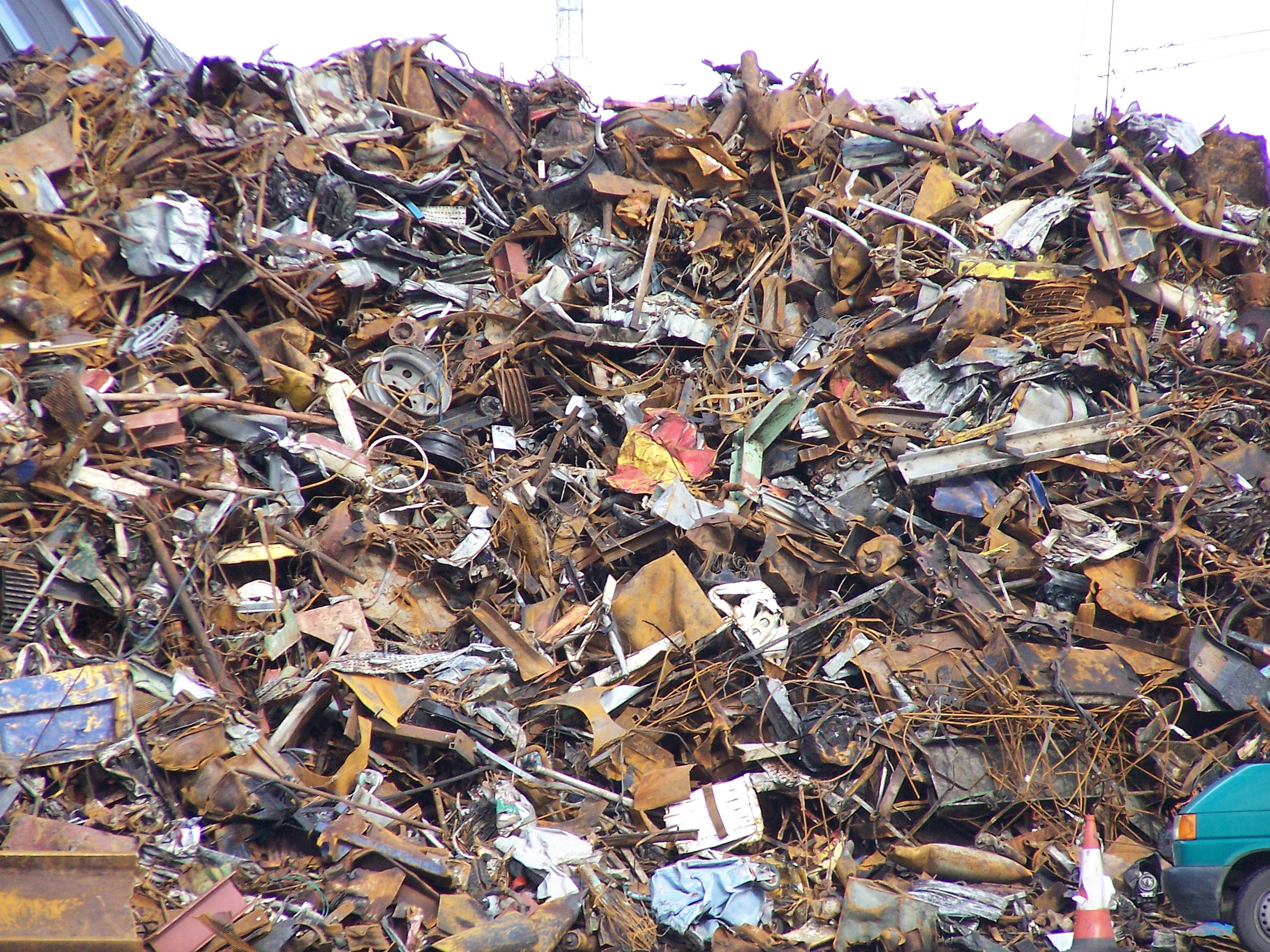
New Year’s Resolution Prompts Identity Crisis
By Anne Rivas
After the excesses of the holiday season, I usually want to start over, to clear out extraneous stuff. Most of us make resolutions to lose weight, get organized, live more mindfully, become better people.
I recently read Zero Waste Home, by Bea Johnson. While I doubt that I will ever reach her level of waste reduction, I do think she has a point. My takeaway from her book, her 5 R’s:

“Refuse what you do not need, Reduce what you do need, Reuse what you consume, Recycle what you cannot Refuse, Reduce or Reuse, and Rot (Compost) the rest.”
Refuse (the verb). Just because something is recyclable, is that a reason to use it? In practical terms, this means bringing silverware to work instead of using and recycling plastic forks and spoons. It means using a refillable water bottle and making tea in a mug. Ideally, I would bring my lunch every day in a re-usable container, avoiding the dreaded Styrofoam Clamshell of Doom.
Reduce. Isn’t that what we focus on in January? Clearing out drawers and closets? Getting organized means organizing my stuff. So how much stuff do I need? More to the point, how much time do I want to spend taking care of my stuff? Do I really need two closets, one for the clothes that fit me now and one for the clothes I hope to fit into again someday? Does donating the smaller clothes mean giving up hope? Why do I panic when I contemplate letting go of what I don’t use? Who am I without my stuff?
Reuse. Donating counts as reusing. Google “Where to donate in Omaha NE.” Reuse meat bones and vegetable trimmings, onion skins, mushroom stems, etc. for broth instead of buying ready-made broth. Then, after all of the goodness has been extracted from your vegetable trimmings, strain the broth and compost the leavings. How’s that for reuse? Bones attract critters, so keep them out of your compost.
Recycle. We already do that, right?
Rot. I’m good at Rot. Did you know that you can put shredded home-office paper in your compost? Here is a list of compostable items.
Really, this boils down to two main actions: decide what I want in my life, which scares me all to pieces, and conscientiously reuse, recycle, and rot the rest.
